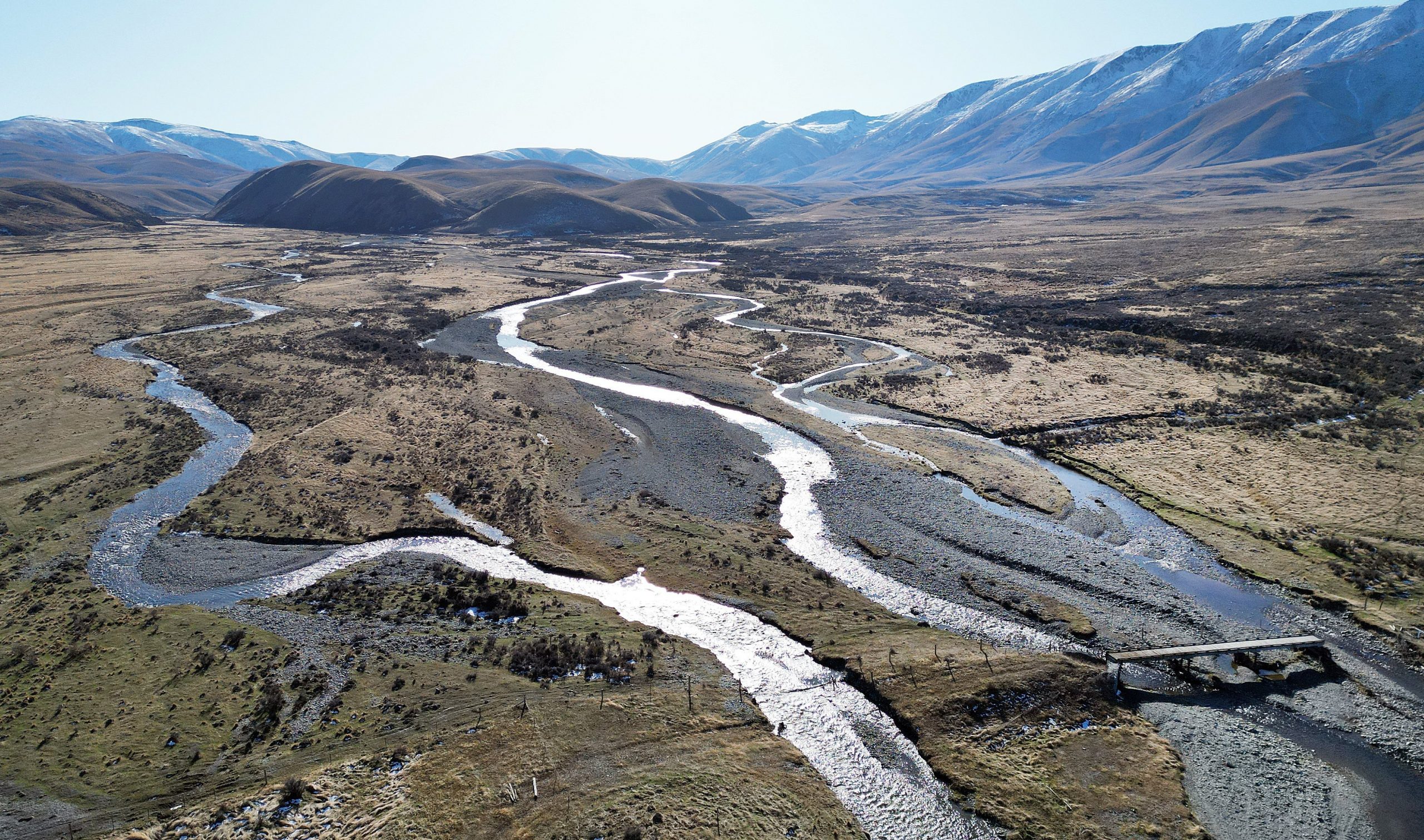Revisiting previous studies into issues such as regional economics and cultural values may be required before Otago Regional Council staff produce recommended minimum flows for the Manuherikia River, chief executive Richard Saunders says.
Mr Saunders clarified the next steps in the years-long process to establish minimum flow settings for the river ahead of what could be ‘‘quite intensive’’ community consultation.
Delays in finalising an agreed statement on the river’s hydrology, and flow recommendations based on now complete ecological work, had presented a ‘‘critical risk’’ to the delivery of the council’s forthcoming land and water plan, due by June 30 next year.
However, staff involved were being supported and a plan was in place, Mr Saunders said.
‘‘It remains a critical risk, but we do have a plan in place now.’’
At a public briefing next month councillors would be presented with a report from the Manuherikia’s Technical Advisory Group (Tag), which included recently completed hydrology and ecology work.
The briefing would include feedback on that work from members of Tag, as well as what was likely to be a range of flow levels staff deemed appropriate to support a healthy river ecosystem.
The information from the briefing would then be passed on to the council’s policy team writing the land and water plan.
The policy team would in turn present councillors with a suite of recommendations for the Manuherikia area, including the recommended minimum flow — the point at which river levels had dropped so low people were required to stop taking water from it.
Mr Saunders could not say exactly when councillors would see the recommendations for minimum flows to be incorporated into the land and water plan, but he confirmed staff would take direction on the matter from councillors before consultation began.
The minimum flow recommendations would include an assessment of the implication of flow changes.
They would not only be based on the recent ecology and hydrology work, but a range of detailed studies completed in 2020 and 2021.
About 10 studies were used to produce a staff recommendation for a minimum flow at that time.
‘‘Some of the . . .reports may need to be updated, depending on the outputs from the ecological and hydrology reports,’’ Mr Saunders said.
There is at present no regulatory minimum flow for the river, and the council has previously indicated imposing a minimum flow regime could bring significant change to the area, including farming and land-use changes.
At an August 25, 2021, council meeting when councillors decided they would not move ahead with minimum flows for the river until the ‘‘science is complete’’, the recommended minimum flow at the Campground site in the lower Manuherikia was 1200litres per second by this year, 1500litres per second by 2030 and 2000litres per second by 2037.
Without the minimum flow settings inthe forthcoming land and water plan, irrigators and race scheme operators voluntarily manage the flow to a minimum of 900litres per second at Campground.
At the August 2021 meeting, staff said there would be a range of interventions the council should consider to help mitigate the impact of less water being available with the introduction of minimum flow levels.
If the minimum flow was increased to 2000litres per second, for example, it would require significant infrastructure changes and large-scale change in farm type or land use over entire farms or parts of farms, including changing to dry farming systems or changing stock types, staff said.
The 2021 meeting at which councillors called for more scientific work to be done before minimum flow settings were considered proved to be a watershed moment for the council.
It prompted a petition to Minister for the Environment David Parker calling on him to sack councillors and install commissioners. It failed, but a councillor ultimately resigned.
Prof Peter Skelton found during an investigation of the council last year it was hard to accept the decision not to note minimum flows at the meeting was solely because of concerns around the science.
Executive leadership from the time, including the former chief executive, has left the council, and the last election significantly changed the make-up of the councillors.





